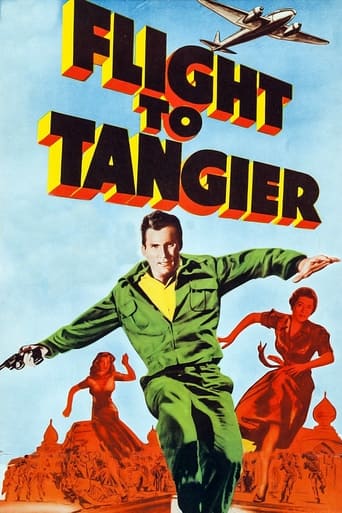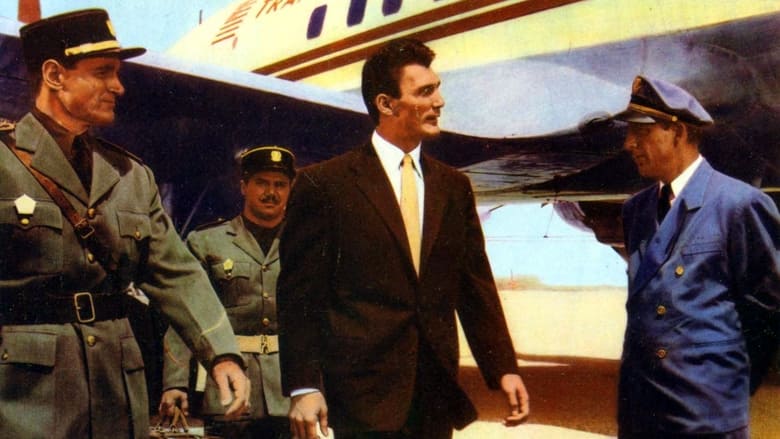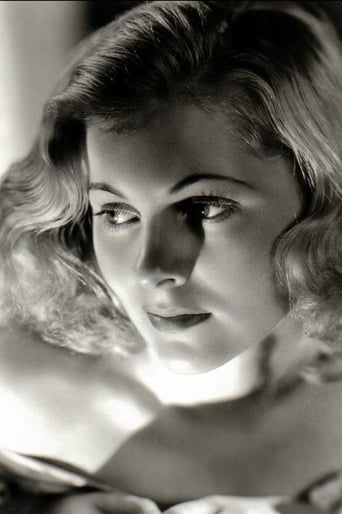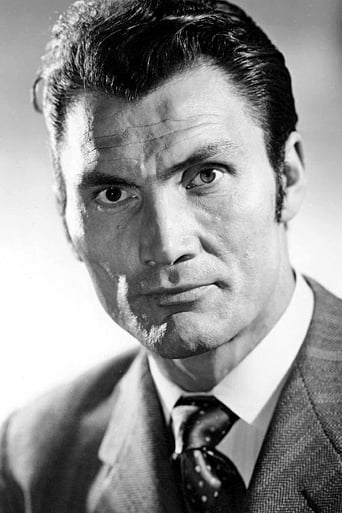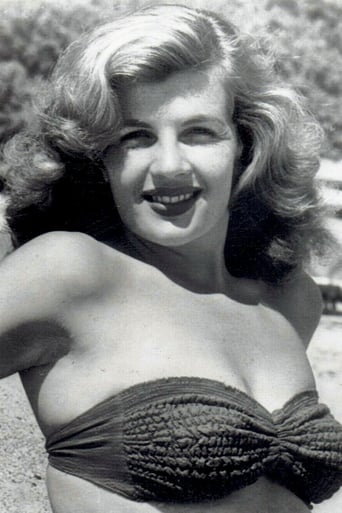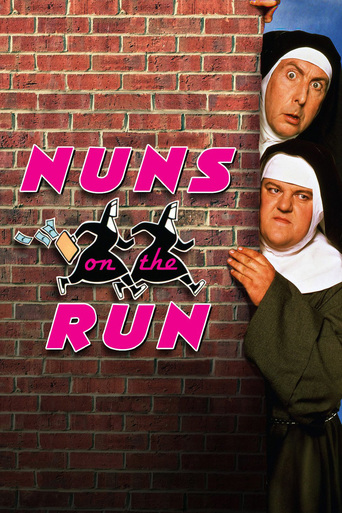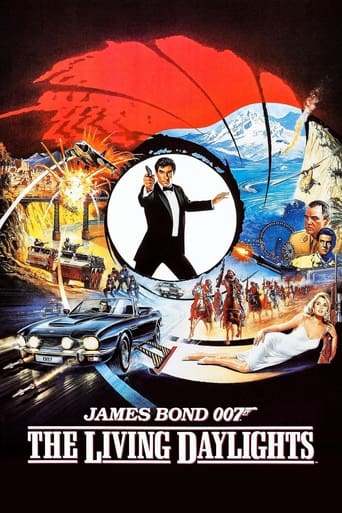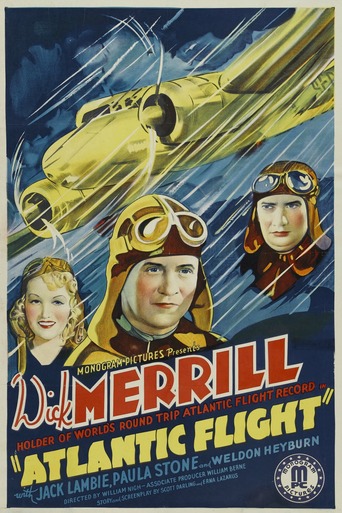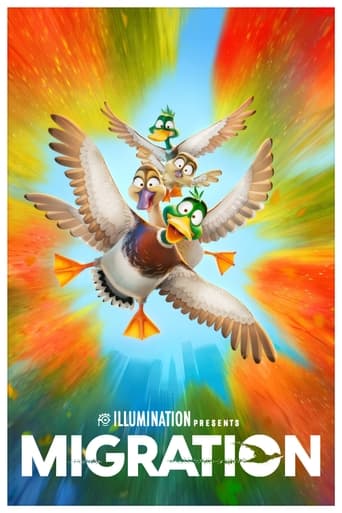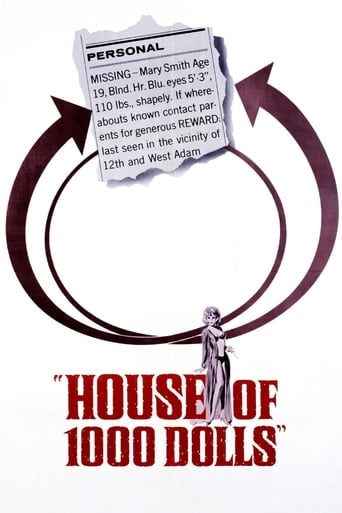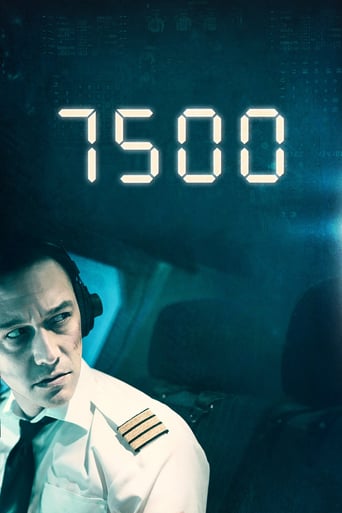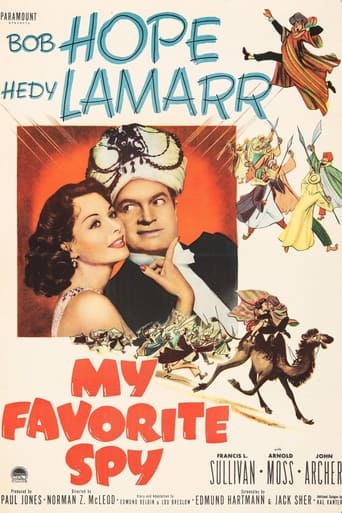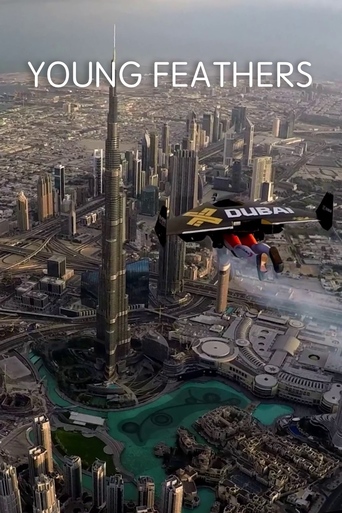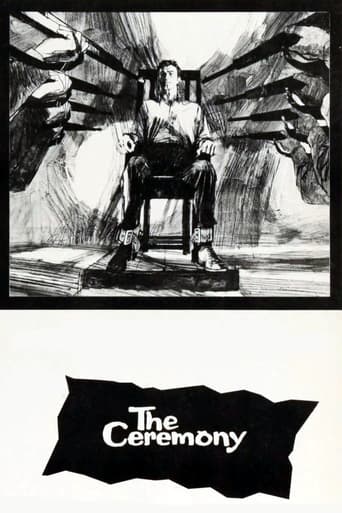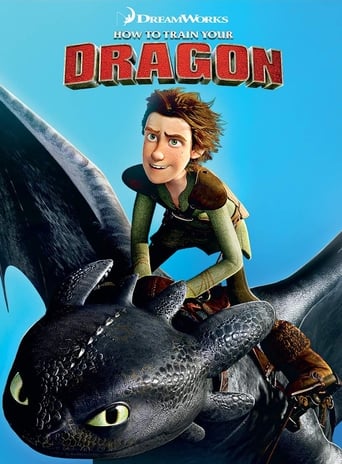Flight to Tangier (1953)
At the Tangier airport, a group of people await the arrival of a mysterious plane from behind the Iron Curtain. The reception committee includes Susan, an American; Gil Walker, a free-booting pilot; Danzer, a black market operator; and Danzer's girlfriend, Nicki. The plane crashes and burns. No survivors are found, nor are any corpses. Soon the search begins for a missing courier worth $3 million.
Watch Trailer
Cast


Similar titles
Reviews
Pretty Good
hyped garbage
This is one of the few movies I've ever seen where the whole audience broke into spontaneous, loud applause a third of the way in.
It’s sentimental, ridiculously long and only occasionally funny
Jack Palance (Gil Walker), Joan Fontaine (Susan Lane), Corinne Calvet (Nikki), Robert Douglas (Danzer), Marcel Dalio (Goro), Jeff Morrow (Colonel Wier), Richard Shannon (Lieutenant Bill Luzon), Murray Matheson (Franz Kovac), John Doucette (Tirera), John Pickard (Hank Brady), James Anderson (Dullah, Goro's henchman), John Templeton (Luzon's offsider), Peter Coe (Hanrah), Madeleine Holmes (Rosario), John Wengraf (Kalferez), Otto Waldis (spiv who demands money), Jerry Paris (policeman in car), Albert D'Arno, Rene Chatenay, Anthony De Mario (policemen), John George (cart vendor), Eric Alden, Don Dunning (Moroccans), Mark Hanna (corporal at airport), Karin Vengay (Greek girl), Josette Deegan (French girl), Pilar Del Rey (Spanish girl), Rodd Redwing (police orderly). Director: CHARLES MARQUIS WARREN. Screenplay: Charles Marquis Warren. Film editor: Frank Bracht. Photographed in Color by Technicolor and Natural Vision 3-D by Ray Rennahan. Art director: John B. Goodman and Hal Pereira. Set decorators: Bertram Granger and Sam Comer. Special photographic effects: John P. Fulton. Process photography: Farciot Edouart. Make-up: Wally Westmore. Technicolor color consultant: Richard Mueller. Assistant to the producer: Harry Templeton. Assistant director: Daniel McCauley. Music: Paul Sawtell. Sound recording: Harry Lindgren, Gene Garvin. Producer: Nat Holt. Copyright 1 November 1953 by Paramount Pictures Corporation. New York opening at the Palace: 24 November 1953. U.S. release: November 1953. U.K. release: 26 December 1953. Australian release: 13 August 1954. Sydney opening at the Victory. 92 minutes.SYNOPSIS: A chartered plane crash-lands in Tangier. But where is the pilot, where's his passenger and, more importantly, what happened to the money he was carrying? COMMENT: A disappointing 3-D movie on all counts, this "B"-grade pulp adventure in a studio-built Tangiers features acres of talk interspersed with a few mild chases that lazily work up to a feeble, clumsily-handled shoot-out climax. One of the chief problems, alas, is Joan Fontaine. Her role is not only unconvincing, but superfluous. The film would have been tauter and more suspenseful if her entire role had been eliminated. True, she looks very cool and glamorous, but then the whole movie is beautifully photographed. (It's one of the few 3-D attractions lensed in three-strip Technicolor). All the same, Jack Palance doesn't look the part of the hero, and Douglas portrays the villain with little of his characteristic zing.At least Marcel Dalio plays with customary enthusiasm. He is the only one of the leads who seems to benefit from director Warren's constant use of wide-screen close-ups. Warren's pedestrian direction is compounded by both visual (distinctly tacky sets) and aural impediments, including a Mickey Mouse music score with every minor twist of the ridiculously far- fetched but unfortunately ho-hum plot inevitably heralded by ominous chords. All told, this picture rates as a thoroughly "B"-class effort. Only at least fifteen or twenty minutes of skillful trimming could salvage some entertainment from Warren's garrulous, dime-novel script which contemporary critics justly described as "pointless", "old- fashioned" and "seedy".
A private plane, supposedly carrying $3 million, crashes outside the Tangier airport. The authorities find no bodies in the wreckage – neither pilot nor the courier carrying the $3 million. What happened to the people? An assortment of characters, who had been waiting on the plane, sets off to find the missing loot, including: Gil Walker (Jack Palance), friend of the plane's pilot; Susan Lane (Joan Fontaine), the missing pilot's fiancé and a recent arrival in Tangier; Danzer (Robert Douglas) and Goro (Marcel Dalio), two underworld types; and Nicki (Cornine Calvet), love interest to both Danzer and Gil. Who will get there first?While I like Flight to Tangier, I really wanted to love it. It's filmed in that gorgeous 1950s era Technicolor that never ceases to amaze me. The cinematography is often quite stunning. The movie probably looks a million times better than it has any right to. Sets and locations are perfect. I especially liked the way the filmmakers tried to recreate the tight quarters of Tangier. The costumes also look fantastic. The dresses, the mobster suits, and the police uniforms are all impeccable. The outfits worn by Cornine Calvet steal the show – wow! The acting is first-rate. Joan Fontaine is Joan Fontaine and gives one of her typical outstanding performances. Jack Palance is the young, reluctant hero. It's interesting to watch him play something other than the typecast baddie he would later be associated with. Calvet is new to me, but she more than holds her own with the other actors. Douglas, Dalio, and the always dependable Jeff Morrow give fine supporting performances. Flight to Tangier includes plenty of action with fist fights, police chases, plane crashes, gunplay, mystery, suspense, and more. There really are very few dull moments. It's got just about everything I could ask for in a movie.So, why don't I love Flight to Tangier? The answer is simple – the plot. To me, the plot is so unnecessarily complicated that it ends up being a weight on everything. It's a mess. Often, there's too much going on. A more streamlined focus and approach could have done wonders for the movie. And the plot falls apart in the final scenes. The movie sort of fizzles out and loses steam by the last act and sort of limps its way to the finish. Flight to Tangier deserved a bigger send-off.
Flight to Tangiers (1953)An odd Technicolor movie, not yet fully widescreen, with the impeccable Joan Fontaine being impeccable, and Jack Palance as his suspicious, quirky self. The setting is Tangiers, though the shooting is all in Hollywood. This is no Casablanca, for sure, despite the mixture of American expatriates in a North African port city. (There is even a point when Fontaine says, "America," and Palance clarifies, "Lisbon, then America," just as in Casablanca.)The plot overall gets far more complex than it needs to be, with a plane going down in an exciting beginning and then a whole slew of people having some interest in what went missing in the wreckage. The complexities are told more than shown (just by having characters talk to each other). As much as I wanted to love this movie (as much as I love Fontaine), I couldn't do it. And it even looks good--not only the color, but the light and sets."In America, do they think you're beautiful?" says a European beauty to the American Joan Fontaine."I don't know," Fontaine replies, and it sums her up, especially a decade after her flirting with the Academy Awards (she won one). I dwell on this because Fontaine rises above this middling movie. And there is an odd competition between the Euro girl and the American one, and Fontaine is made to outclass her even though the other is more clearly a young, voluptuous type. It's mostly silly stuff.The gorgeously lit night scenes, far too perfect for location shooting of the time, and the careful, luxuriating pace are wonderful in their own way. The color (including the famous Technicolor control of set design) is terrific in a way you forget is possible with modern movies, which look good but simply different than these 40s and 50s gems. One great little moment (that almost gives away the mood in the shooting behind the camera) is at 1:25:10 where the guy smoking and walking toward flicks the cigarette right at the lens. I guess this is the level of boredom I was at, too, noticing and caring. But the plot really doesn't hold water long enough to suck you in or make the movie come alive. The arms dealing, backstabbing, foreign intrigue stuff is not enough in itself, and when they drop the phrase "Iron Curtain" into the mix it feels like a last minute add on, not relating to the events in North Africa at all. The director, by the way, Charles Marquis Warren, is also the writer, and he has a slim reputation on both counts. This is one reason why. Fontaine devotees, give this a close look. Jack Palance devotee? Less essential, for sure, but interesting. The rest of you, I'm not sure I'd recommend it in particular.
the "no country for old men" connection is simple. "flight to tangier" contains an attempt to hold on to some money lost in a "colossal goat f**k" (as Stephen Root's character calls the events in the desert in ncfom) while being chased by two groups. from the "flight to tangier" summary: "a plane crashes at the Tangier airport. The plane was supposed to be bringing in $3,000,000 to finance the purchase, by an Iron Curtain agent, of war planes from a Tangier black-market operator. Susan enlists the aid of Walker to find the missing pilot and the money, which she knows to be safely hidden 75 miles south of Tangier. The chase is on with Susan and Walker pursued by the black-market racketeers who, in turn, are trailed by the police"this goes to show that the cohen's know everything about obscure cinema and are capable of drawing many amusing oblique connections!

